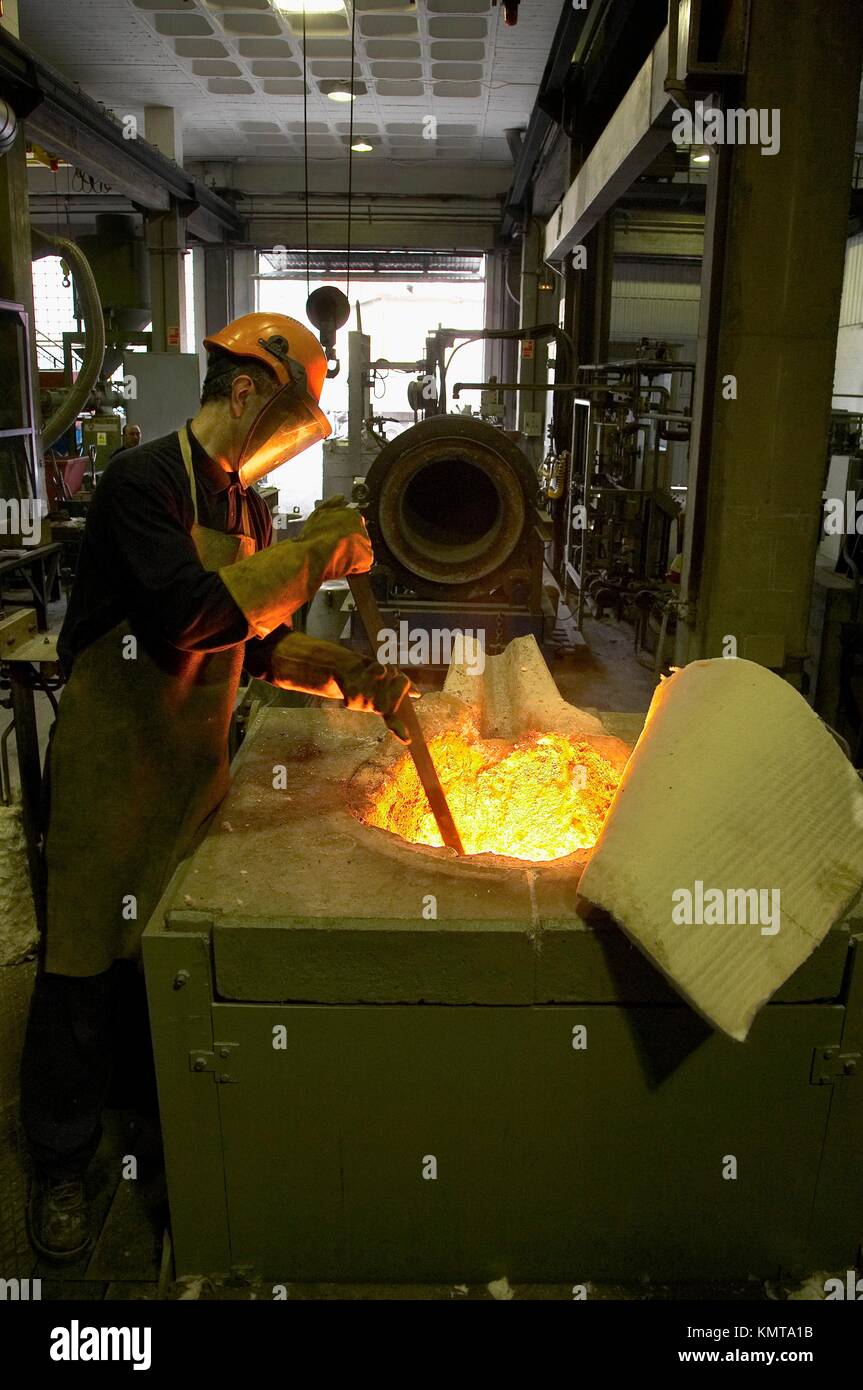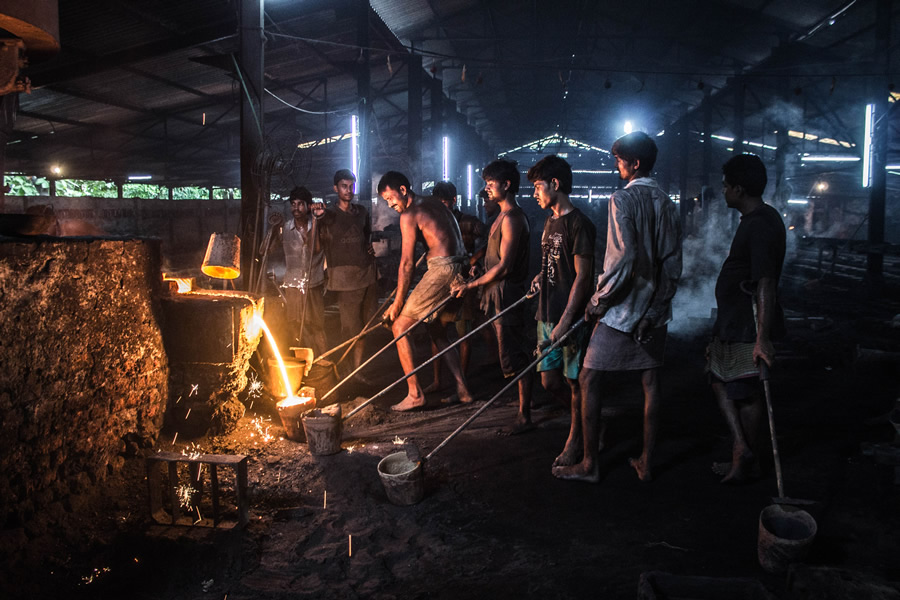

Outer areas and thinner portions will cool and shrink at different rates than inner areas and bulkier portions-often creating internal tension, or stress, that can only be alleviated through heat treatment. It also shrinks more when it cools, meaning more molten material needs to be poured-typically into an excess reservoir, called a riser, which a casting draws from as it cools.Ĭastings, however, typically don’t cool uniformly throughout their internal structures. It is less fluid than molten iron, and more reactive to mold materials. Architectural iron structures, like this fencing, are possible due to cast iron’s flowability This flowability makes cast iron an ideal metal for architectural or ornate ironwork structures such as fencing and benches. This means it will readily fill the complex voids in a mold and requires less molten material to do so. People who do work with liquid iron and steel quickly discover that they differ dramatically in pourability and shrinkage rates.Ĭast iron is relatively easy to cast, as it pours easily and doesn't shrink as much as steel. Most people haven't encountered iron or steel in their molten state-which is understandable, since iron melts at about 2300˚F and steel melts at 2600˚F, and both are poured into molds at even hotter temperatures.

While there are many different types of iron and steel to consider, this table focuses on grey iron, cast iron, and carbon steel.īollards, industrial wheels, casting gears, valve bodies, mining machinery, hydroelectric turbine wheels, forging presses, railroad car frames, pump casings, marine equipment, engine casings, heavy trucks, construction equipment Castability The following table provides a general overview of the qualities of each material. Cast iron typically contains more than 2 percent carbon, while cast steel often contains between 0.1–0.5 percent carbon. In fact, carbon composition is the main distinction between cast iron and steel. It gets harder, and therefore more useful, when it’s alloyed, or mixed, with carbon. Pure elemental iron is too soft to be useful in most applications. The elemental iron is the stuff that's found in nature, typically in an oxidized form that requires intensive processing called smelting to extract. To understand them, it's important to distinguish between the iron used in everyday products, and the scientific element iron (Fe). In manufacturing, however, it’s not that simple-there are many different alloys and grades used in production. Iron and steel are both ferrous metals comprised primarily of iron atoms. Understanding these advantages and disadvantages and choosing appropriately can mean the difference between unforgiving strength and durability and fractured or deformed parts that will quickly lose their luster. While cast iron and steel may appear similar on the surface, they each have distinct advantages and disadvantages from production to application. Many materials can be cast, including several types of metals and synthetics, but iron and steel in particular feature excellent mechanical properties for a wide range of applications.

What's the difference between cast iron and cast steel? On the surface, cast iron and cast steel castings look very similar.Ĭasting offers exceptional capacity for design detail, often eliminating the need for additional fabrication and assembly.


 0 kommentar(er)
0 kommentar(er)
